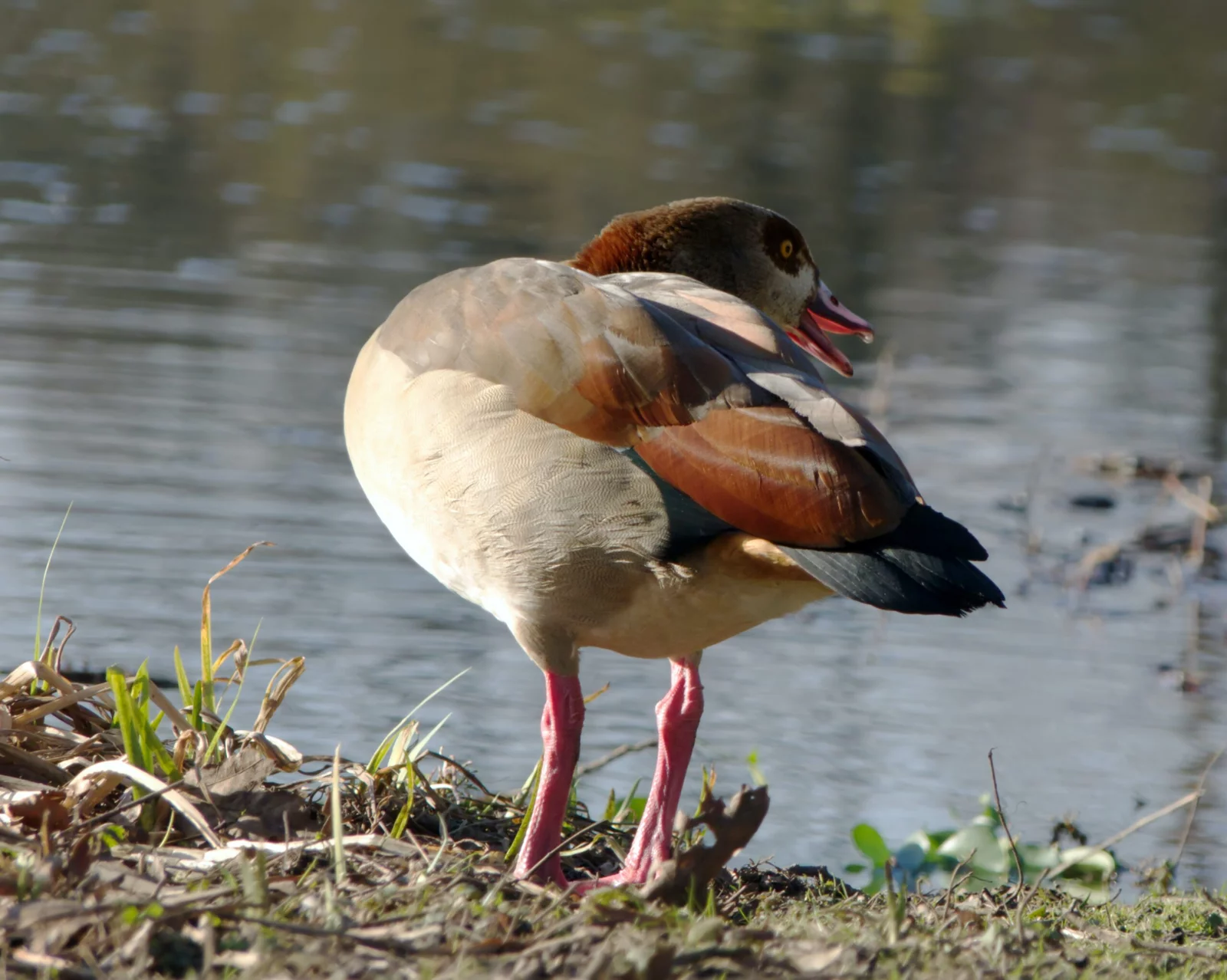middleportal.com – Calling ducks is an essential skill for any waterfowl hunter. It allows you to communicate with the ducks and attract them to your hunting spot. One of the most common and effective tools for duck calling is a duck call. In this guide, we will walk you through the process of blowing a duck call like a pro.
Step 1: Proper Technique
The key to successful duck calling lies in using the proper technique. Instead of puffing your cheeks out and blowing, you need to force the air up from your diaphragm, just like you would push your air out as if to fog a window. This technique creates a more natural and realistic sound.
Imagine a quarterback stepping up to the line and calling “Hut-hut” to snap the ball. That’s the kind of force and control you want to have when blowing a duck call.
Step 2: Positioning the Call
Hold the duck call between your thumb and index finger, with the mouthpiece facing towards you. Make sure you have a firm grip on the call to avoid dropping it while calling.
Step 3: Creating the Basic Duck Call Sound
To create the basic duck call sound, place the call against your lips and blow a steady stream of air into the call. Remember to use the technique mentioned in step 1, using your diaphragm to force the air out.
Start with a soft and gentle blow, gradually increasing the volume and intensity. The goal is to mimic the sound of a real duck, so listen to recordings of ducks and try to replicate their sounds.
Step 4: Adding Variations
Once you have mastered the basic duck call sound, you can start adding variations to make your calling more realistic. Experiment with different tones, pitches, and cadences to imitate different duck species and their specific calls.
Step 5: Practice, Practice, Practice
Like any skill, mastering the art of duck calling requires practice. Set aside dedicated time to practice your calling technique regularly. Start by practicing in a quiet environment, gradually progressing to more realistic hunting scenarios.
Record yourself and listen to the playback to identify areas for improvement. You can also seek feedback from experienced duck hunters or join a local hunting club to learn from others.
Conclusion
Blowing a duck call is an essential skill for any waterfowl hunter. By following these steps and practicing regularly, you can master the art of duck calling and improve your chances of success in the field. Remember, patience and persistence are key, so keep honing your skills and enjoy the rewarding experience of calling ducks.
